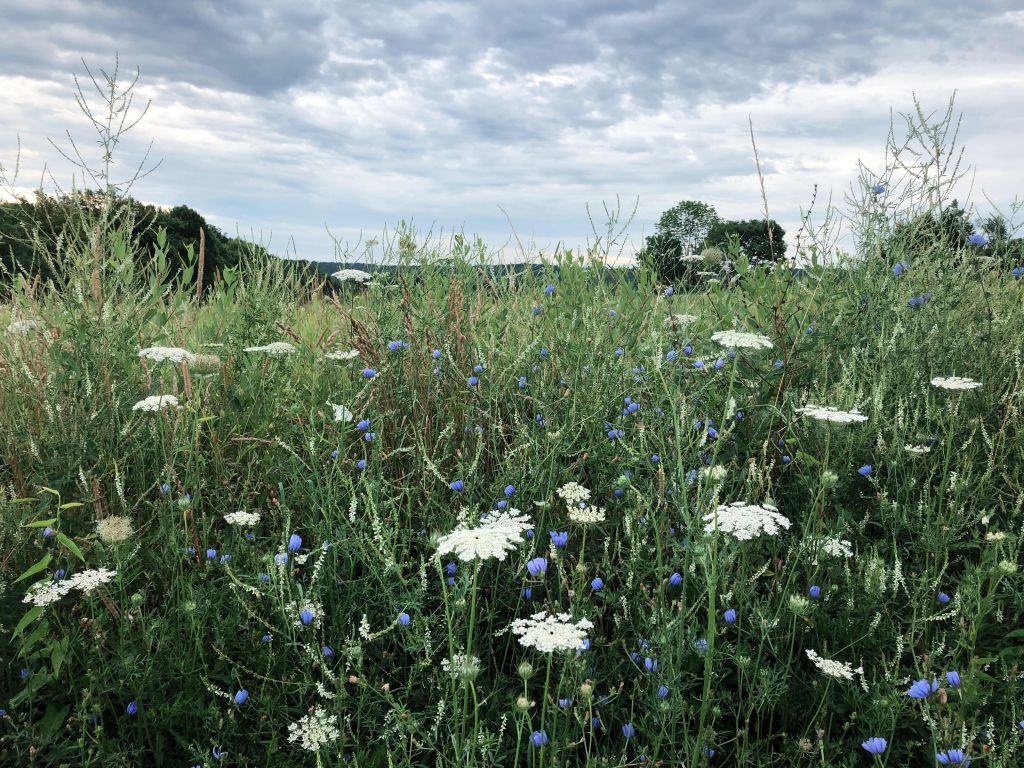
Harelene Anderson is one of my inspirational therapists known in the era of postmodern theories. Her Collaborative Language Systems Theory is marked by curiosity, using language as a means to explore new meaning with and alongside clients. As a graduate student, I wrote about this in my Theory of Change paper, arguing that when we are exposed to new perspectives, we create new meaning, which then leads to new experiences. Language is how we get to the meaning. I often spend time with clients offering alternative use of language, while modeling delicate use of my own. We reflect on shifts experienced when reframing. The goal may be to create more openness and less rigidity, or at times, more directness and less passivity. I tell them how powerful language can be (what I mean is that the meaning attached to language is what gives it power). Therapy becomes an art of listening to the still small silence – the meaning behind what’s not being said.
My previous Supervisor used imagery of a camera to engender an expansion of understanding. She would say to my colleagues and I, “Zoom out. What else do you see?” As someone who used to carry a MINOLTA manual-focus camera everywhere I went, when she says this, I feel my fingertips grip small metal divots on the end of a lens, with the heaviness of my camera weighing the palm of one hand as I turn to zoom in or out. Zooming facilitates depth of perception for what we see, think, and feel. It’s about bypassing the content presented and turning up the volume on process – the inner thoughts, meaning, and feelings that make the story matter. Being curious and open to different hypotheses allows new stories to unfold. “Don’t marry your hypothesis” is a saying in the AAMFT field. By being curious out loud, the therapist is able to explore many hypotheses, which then lead to different perspectives and new narratives.
While I’ve lately given myself permission to write without judgment, I’ve also been thinking more about listening. Natalie Goldberg’s book “Writing Down the Bones” captures the art of a writer. Goldberg claims being a good writer is less about writing and more about listening. I just love this perspective. She challenges readers to listen through their senses – paying attention to the smells, sounds, and the tastes right at our fingertips. She argues that when we hone the skill of attention to finer details through senses, we listen deeper. The deeper we listen, the more rich an experience is to the reader. My book club had recently read ” Interpreter of Maladies” by Jhumpa Lahiri. It had been twenty years since my own travels to India, yet reading this book charmed me right back to the streets of Bangalore. I could smell, taste, and feel the images Lahiri writes about in her stories. It was one of the most pleasurable non-fictions I’ve read in a while. She painted with her words in a way that pulled me into a full cultural experience. Natalie Merchant does something similar in her poetry-inspired album titled, “Leave Your Sleep.” After recording the album, Merchant was in London hosting a song-writing workshop. She asked the classroom of children to describe what they were thinking of as they listened to the songs. Her interview is transcribed as follows:
“When we played King of China’s Daughter, [one kid] was like, I see red lanterns and women in silk robes and jewelry and jade.” And then I played Man in the Wilderness and this other kid said, ‘I’m in an open place, like a desert.’ And then we played If No One Ever Marries Me and this kid said, ‘I don’t know where I am, but it’s a lonesome place.’ And I said, isn’t that amazing? We’ve been to China, Romania, a prairie in the west in America and you haven’t left your seat.”
Writing has the ability to transport and ignite experiences when we pay attention with our senses.
Growing up in a chaotic home helped my listening muscles develop early on. I’ve learned to be hyper-aware which can be overwhelming or enrich a moment toward unintentional mindfulness. When I’m standing in the woods, laying in grass, or sitting at the base of a large tree with my bare feet planted on the ground, I notice how nature pulls branches above my head, dancing to a whirling melody that invites a soothing sensation (like a mother singing gently to calm my entire nervous system). When out on the water, I see clusters of sea Conifer laying low as the current conducts their choir song forward. And on my bicycle I might notice how the wind puppeteers blades of grass and wildflowers into a choreography of movement. Those simple things in the background become highlighted moments of pleasure and peace, just by listening.
People assume being a therapist is passively listening to problems. It is so much more. It is constantly hypothesizing, being curious, and trusting the client as expert on their own life while holding myself as expert in facilitating them to a deeper process. It is at times being a safe space that reassures, validates, and honors the heavy experiences of the person in front of me, because they perhaps have had little experience being validated and heard themselves. It is slowing down, shutting up, standing open-ended, and paying attention to the finest details, often unspoken. Listening is about seeing beyond the behavior and words in order to access the still small silence.